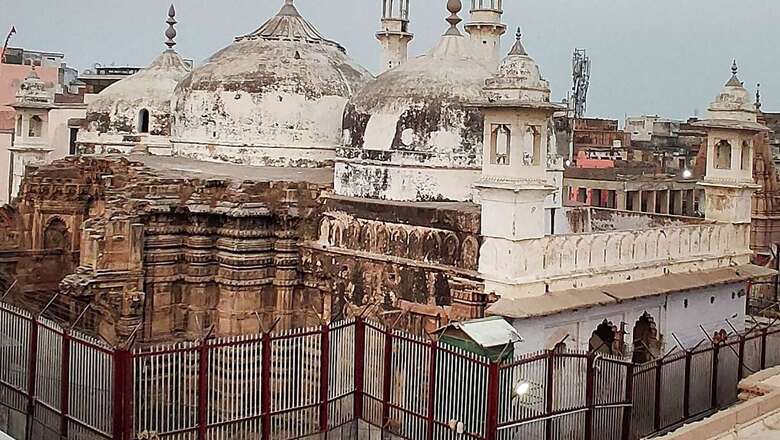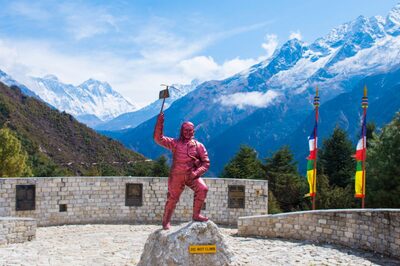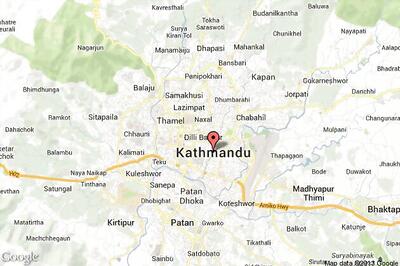
views
Fragmented deity, debris of the temple and walls inscribed with Hindu motifs are some of the findings of sacked Gyanvapi Mosque surveyor Ajay Mishra, CNN-News18 has learnt, ahead of the Supreme Court hearing in the case on Thursday after it ordered to ‘protect the shivling’ and also let Muslims access the mosque.
Details of the two-page report accessed exclusively by CNN-News18 reveal that the document mentions the shape of a lotus as well as four Hindu idols, remains of a used ‘diya’ as well as an image of ‘Sheshnag’ — a mythological serpent and demigod also known as the king of all serpents.
The report, which the Hindu side claims is a vindication of its stand, will be presented on Thursday by 2pm. The development is also being seen as a victory for Ajay Mishra, who was sacked by the Varanasi court over leaks allegedly by a private cameraperson hired by him.
Reacting to the report, Nagendra Pandey, chairperson of the Kashi Vishvanath Temple Trust, said the area where the Shivling has been found should be given to the trust immediately for worship. Emphasising that the complex was Gyanvapi Mandir and not mosque, Pandey said the entire site should be surveyed by the Archaeological Survey of India (ASI) and excavated.
“I have been here for decades. Every inch of the place says it is a temple. The court can decide within an hour if the structure is a Shivling or a fountain which should ideally have a channel for water stream,” he said on the claims of the Muslim side that the alleged Shivling found during the survey was in fact a defunct fountain.
Meanwhile, the women petitioners in the case have approached the Varanasi court seeking a directive for a fresh survey of the area near the mosque’s eastern part facing an idol of Nandi in the adjacent Kashi Vishwanath temple.
They also demanded that the temporary wall facing the Nandi idol in the temple be removed to create a path to the ‘Shivling’ that the Hindu side claimed was found during the survey of the mosque complex.
The Gyanvapi issue dates back to 1991 when a slew of petitions arrived before the Varanasi court, with local priests seeking permission to worship in the Masjid area. The petitioners claimed that the Gyanvapi Masjid was built on orders of Mughal king Aurangzeb in the 17th century by removing a portion of the Kashi Vishwanath Mandir.
One of the petitioners — Vijay Shankar Rastogi, a lawyer from Varanasi — filed a plea in the lower court as the “next friend” of the Kashi Vishwanath Mandir’s presiding deity. In legal language, a “next friend” is someone who represents someone who is unable to represent themselves in court.
The petition was submitted in 1991 and Rastogi argued in his petition that Maharaja Vikramaditya built the temple where the current mosque stands roughly 2,050 years ago. He urged that the Gyanvapi mosque be demolished and that Hindus be granted ownership of the entire plot of land, as well as the right to worship inside the mosque.
Furthermore, the petitioner argued that because the Gyanvapi mosque was erected upon a partially ruined temple, the Places of Worship (Special Provisions) Act, 1991 did not apply.
Read all the Latest India News here


















Comments
0 comment